Mighty Joe Young
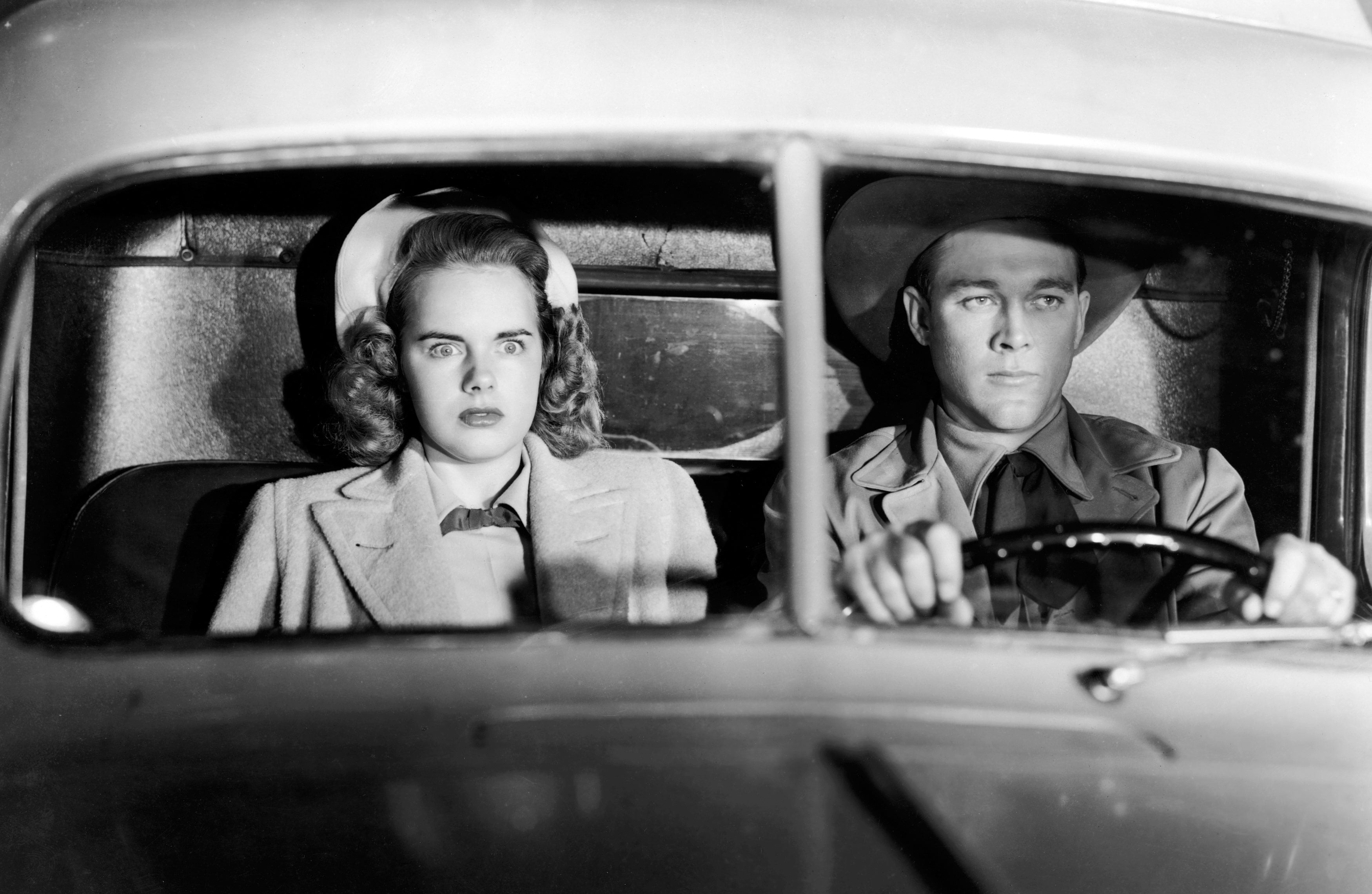
Brief Synopsis
Cast & Crew
Ernest B. Schoedsack
Terry Moore
Ben Johnson
Robert Armstrong
Frank Mchugh
Douglas Fowley
Film Details
Technical Specs

Synopsis
Somewhere in Africa, little Jill Young buys a baby gorilla from two natives and, ignoring the warnings of her father, a farmer, names him Joe and adopts him. To lull the gorilla to sleep, Jill sings "Beautiful Dreamer," while feeding him from a baby bottle. Twelve years later, in New York, fast-talking impresario Max O'Hara prepares to leave for Africa, where he plans to collect animals and publicity for his latest venture, an exotic Hollywood nightclub. When he is approached by Gregg Johnson, a rodeo roper, about a job as an animal handler, Max gets the idea to use cowboys as part of his nightclub act and hires him. Weeks later, in Africa, Max is concocting adventure stories about himself and passing them on to his publicist, Windy, while Gregg and several other cowboys are rounding up lions for the club. As the safari is about to end, Max's camp is visited by Joe, now an enormous, full-grown gorilla. After Joe angrily frees a caged lion, he is encircled by the cowboys, who try to lasso him from their horses. Joe easily thwarts their efforts, however, and is about to throw Max over a cliff when Jill runs up and commands him to stop. Furious, Jill then informs Gregg that Joe is her friend and orders the safari off her land. Later, an apologetic Max and Gregg visit Jill, whose father has recently died, and Max convinces her to bring Joe to Hollywood to be a headliner at his Golden Safari nightclub. In Hollywood, Max advertises Joe as "Mr. Joseph Young of Africa," but refuses to reveal anything about him to the press. During the club's much ballyhooed opening, Joe dazzles the crowd when he rises up through the floor while holding a rotating platform on which Jill plays "Beautiful Dreamer" on a grand piano. Joe also plays tug-of-war with ten champion wrestlers and boxers and easily dunks all of them into a tank of water. Joe and Jill's stage success is tempered by the fact that Joe is locked in a cage every night, and Jill soon realizes that she has to return him to Africa. When she informs Max that she is quitting, however, the impresario talks her into staying until he finds a replacement act. Seven weeks later, Joe and Jill are still performing at the club, doing an act in which the audience is invited to pelt Joe, who is dressed like an organ grinder's monkey, with phony money. When one drunken customer throws a bottle at Joe's head, the great ape nearly explodes with anger. Later, while Jill and Gregg, who have fallen in love, are at their hotel, the drunken customer and his two equally intoxicated friends sneak downstairs to Joe's cage and offer him liquor to drink. Joe soon becomes drunk himself, and when one of the customers deliberately burns his hand, he breaks out of his cage in a rage. Joe chases the men upstairs, then begins to destroy the club's huge set, causing the terrified audience to run for cover. After Joe breaks the glass partition that separates the audience from a group of lions and begins fighting with the cats, Jill and Gregg arrive, as do the police. Although the police and Jill soon take control of the situation, Joe is later condemned to die. Just before Joe's execution, however, a guilt-ridden Max, who has always feared the ape, devises a scheme to save him. By faking a heart attack in front of Joe's police guard, Max gives Jill enough time to free Joe, who is then loaded into the back of a truck driven by Gregg. A furious race to the harbor, where Max has arranged for a boat to Africa, then ensues. Just before they reach the harbor, however, they see an orphanage on fire and stop to help. Gregg, Jill and Joe rescue several children from the flames, then as the building is about to collapse, Joe climbs to the roof and saves the remaining child, injuring himself in the process. Because of his heroics, Joe is freed and returns to his African home with the now-married Jill and Gregg.

Director

Ernest B. Schoedsack
Cast

Terry Moore

Ben Johnson

Robert Armstrong
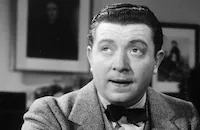
Frank Mchugh

Douglas Fowley
Denis Green
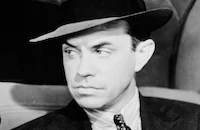
Paul Guilfoyle

Nestor Paiva

Regis Toomey
Lora Lee Michel

James Flavin
Madame Sul-te-wan
Cliff Clark
Primo Carnera
Man Mountain Dean
Super Swedish Angel
Ivan Batchelor
Ivan Rasputin
Sammy Stein
Sammy Menacker
Wee Willie Davis
Henry Kulky
Karl Davis

Joel Fluellen
Mansfield Collins
Kermit Maynard
Fred Kennedy
Frank Mcgrath
Dick Farnsworth
Bryan Hightower
Robert Johnson
Milton Shockley
Edward Short
Lee Tung Foo
Mary Field
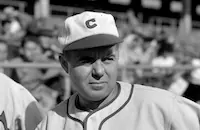
Ray Walker

Byron Foulger
Eugene Borden
Max Willenz
Chester Clute
Janet Warren
Kay Christopher

Ellen Corby
Ann Archer
Luella Bickmore
Hal Melone
David Mckim
Cerrita Camargo
Leonard Bluett
William Newell
Jack Gargan
Joe Gray
Dick Ryan
Pat Barton

John Gallaudet
Michael Brandon
Al Murphy
Joe Devlin
Joey Ray
Bill Wallace
Billy Wayne

Charles Lane

James Burke
Irene Ryan
Juan Varro
Garry Owen
Eddie Dunn
Rory Mallinson
Charles Regan
Ray Hyke
Mike Lally
Russ Clark
Duke Green
Carey Loftin

Bud Wolfe
Edwin Parker
Tom Steele

Tom Kennedy
Anne O'neal
Netta Packer
Max Wagner
Jack Perry
Robert Tafur
Wilbur Mack
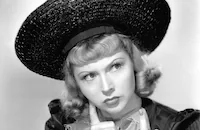
Joyce Compton

Iris Adrian
Frank Scannell
Franklin Parker

Dick Lane

Addison Richards
Selmar Jackson
Marc Krah
Harry Strang
Joe Ploski
Eddie Parker
William Schallert
Jack Pennick
Charles Flynn
Mary Gordon
June Hedin
Gloria Moore
Carol Coombs
Pamela Payton
Peggy Miller
Marsha Northrup
Marilyn Brennan
Katherine Brennan
Sharon Bell
Dwayne Hickman
George Mcdonald
Gregory Marshall
Wally Koford
Lew H. Snowden

Paul Maxey
Bobby Barber
Don Kerr
Norman Nesbitt
Tom Daly
Carl Sklover
Robin Raymond
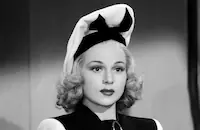
Carol Hughes
Jacqueline Dalya
James Craven
Jack Norman
Jane Weeks
Jerry Jerome
Dorothy Granger

Luana Walters
Clarence Straight
Allen Ray
Crew
James Altwies
Louis Anderson
C. Bakaleinikoff
Adele Balkan
James Basevi
Gordon Bau
Emmett Bergholz
John L. Cass
Ted Cheesman
Merian C. Cooper
Merian C. Cooper
Dorothy Cormack
Marcel Delgado
Linwood Dunn
Walter Elliott
John Ford
Stephen Foster
Fitch Fulton
Ray Harryhausen
J. Roy Hunt
Alex Kahle
Jack Lannon
George Lofgren
Willis O'brien
Peter Peterson
Clem Portman
Harry Ray
Lloyd Richards
Howard Richmond
Hazel Rogers
Ruth Rose
Samuel Ruman
Fae Smith
Harold Stine
Frank Uecker
Roy Webb
Bert Willis

Photo Collections
Videos
Movie Clip



Trailer
Hosted Intro
Film Details
Technical Specs

Award Wins
Best Special Effects
Articles
Mighty Joe Young (1949)
That team, producer-writer Merian C. Cooper and director Ernest B. Schoedsack, had been fascinated by the way audiences had reacted to their gigantic ape. They had intended Kong as an object of horror but audience members, especially children, looked on Kong with affection and sympathy. They decided to make a movie with another super-sized gorilla but one with more humor, personality and whom the audience could see as a hero. Mighty Joe Young had to wait until after World War II as both Cooper and Schoedsack were heavily involved in the war effort. Their new story strongly resembled the old one. Again Robert Armstrong leads an expedition to a remote land to find a new attraction he can exploit, again a young woman (Terry Moore) and a giant ape are closely linked, again an exhibition of the ape in America leads to disaster. The difference is that here, the girl rescues the ape at the beginning and they become life-long friends. Mighty Joe Young never acts maliciously but is driven to bad behavior by the unthinking actions of civilized mankind.
Harryhausen ended up taking over eighty percent of the animation work on the film. Four models were used for the ape. They were fashioned from a bone structure of small machine parts with ball-and-socket joints. Muscles, made of foam rubber, were placed over this followed by fur. The face was controlled with interior wires to allow full expression. Models of Terry Moore, Ben Johnson and others were also used for some scenes when they were in the same shot as Mighty Joe Young. Split-screen, traveling matte shots and front and rear projection completed the seamless incorporation of models and actors. The results not only thrilled viewers but also netted the animator the Special Effects Oscar for 1949.
Ernest B. Schoedsack directed the film although at the time he was legally blind. His sight had decreased to a blur during World War II and while filming, he relied on his assistant director Sam Ruman to describe what was happening on set. Ten real-life musclemen and wrestlers appear in the tug-of-war with Mighty Joe Young including former heavyweight champion Primo Carnera (he's the one who pops metal bands off his arm muscles). Another cameo is Irene Ryan (Granny on the TV series The Beverly Hillbillies), who is one of the girls at the bar in the nightclub scene. The human love interest, Ben Johnson, was just beginning his film career when he appeared in Mighty Joe Young. He would become much better known in John Ford Westerns and for his Academy Award®-winning role in The Last Picture Show (1971). Speaking of Ford, although credited as a co-producer on this film, he left the production before the beginning of principal photography. Shortly before the film's release, star Terry Moore secretly married RKO Studio head and multi-millionaire Howard Hughes in a secret ceremony aboard his yacht. Their wedding cake was topped with a recreation of a scene from the film, Ms. Moore playing the piano while held aloft by Mighty Joe Young.
Producer: Merian C. Cooper, John Ford
Director: Ernest B. Schoedsack
Screenplay: Merian C. Cooper, Ruth Rose
Cinematography: J. Roy Hunt
Film Editing: Ted Cheesman
Art Direction: James Basevi
Music: Roy Webb
Cast: Terry Moore (Jill Young), Ben Johnson (Gregg), Robert Armstrong (Max O'Hara), Frank McHugh (Windy), Douglas Fowley (Jones), Denis Green (Crawford).
BW-94m.
by Brian Cady

Mighty Joe Young (1949)
Quotes
Trivia
Notes
The working titles of this film were Mr. Joseph Young of Africa and The Great Joe Young. The picture ends with the words, "Goodbye from Joe Young." In the onscreen credits, set dresser James Altwies' name is incorrectly spelled as "George Altwils." Arko, Inc. was formed to make this picture by RKO and Argosy Pictures, a production company owned by presenters John Ford and Merian C. Cooper. Cooper also produced and co-directed RKO's 1933 hit film King Kong (see AFI Catalog of Feature Films, 1931-40; F3.2288), to which this film bears much resemblance. Ernest B. Schoedsack worked as director on both pictures, and Ruth Rose wrote the screenplay for both. Other shared contributors include actors Robert Armstrong, James Flavin, Milton Shockley and Harry Strang; editor Ted Cheesman, chief animation technician Willis O'Brien; animation technician Marcel Delgado; and cameraman Bert Willis. Armstrong's character in Mighty Joe Young is a comical version of "Carl Denham," the character he played in both King Kong and its 1933 sequel Son of Kong (see AFI Catalog of Feature Films, 1931-40; F3.4194).
In December 1947, Los Angeles Times announced that Regis Toomey was to co-star with Armstrong and Ben Johnson in Mighty Joe Young, but Toomey did not appear in the final film. RKO borrowed Terry Moore from Columbia for the production. Ten professional wrestlers and boxers, including former heavyweight champion Primo Carnera and wrestler Man Mountain Dean, were featured in one of the nightclub scenes. According to a June 1947 news item in Los Angeles Examiner, Mighty Joe Young was to have been shot in part in the Belgian Congo, but no evidence of foreign location shooting has been found. Hollywood Reporter production charts indicate that the live action sequences were filmed between mid-December 1947 and early March 1948. According to a May 1949 Hollywood Reporter news item, the entire production took nine months to shoot. Modern sources, however, claim that the animation alone required fourteen months. Although Hollywood Reporter announced in December 1948 that Cooper had ordered the "scripting of a sequel" to Mighty Joe Young, no sequel was ever made.
Mighty Joe Young, which employed the same stop-action animation techniques used in King Kong, was renowned animator Ray Harryhausen's first feature film. According to modern sources, the twenty-seven-year-old Harryhausen, who was hired by O'Brien to aid in the preparation of drawings and other menial tasks, ended up doing most of the film's animation. Modern sources add the following information about the production: Over the course of pre-production, many aspects the film's script were altered; in one early draft, for example, the character of "Jill" was conceived as a Tarzan-like wild woman. As with King Kong, the PCA required screenwriter Rose to submit for censorship approval translations of her "native" dialogue. Before starting on the actual animation, Harryhausen studied live gorillas and read Toto and I, a non-fiction account of a gorilla raised from infancy by a woman. Harryhausen used six or seven "Joe" models, which were between five and eighteen inches high and were made of cotton, foam rubber and metal and included 150 moving parts. Joe's fur was made from the skin of unborn lambs, which alleviated the "rippling" problem encountered during the shooting of King Kong. Many stop-motion lions, men, horses and miniature "Jills" were also built. As with King Kong, traveling mattes, glass transparencies and miniature props were employed to create the various special effects in the film. For the nightclub rampage scene, for example, three separate sets were built. The first was full-sized and was used to show the panicked audience. On the second, miniature set, the fight between Joe and the lions was animated. The third set, constructed in Billy Richard's World Jungle Compound in Thousand Oaks, CA, was used to film a lion skidding across the dance floor after it is tossed by Joe. Built on a twenty-degree slope, it contained a see-sawing chute that forced the lion (and in one take, its trainer, Melvin Koontz) to tumble onto the set. To achieve verisimilitude within the scene, details of the audience set, such as the placement of ashtrays, were transferred precisely to the third set.
The film's budget was $1,800,000. Mighty Joe Young lost money at the box office and was the last major animation film that Willis O'Brien ever made. O'Brien won an Academy Award for Best Special Effects. Modern sources credit Harry Cunningham as a model maker. (For more information about stop-action animation, see entry for King Kong). In 1998, Disney Pictures released Mighty Joe Young, an updated version of the story, directed by Ron Underwood and starring Charlize Theron and Bill Paxton.
















